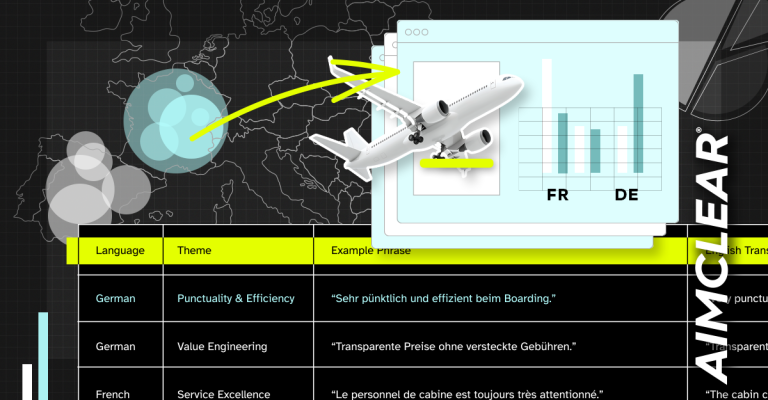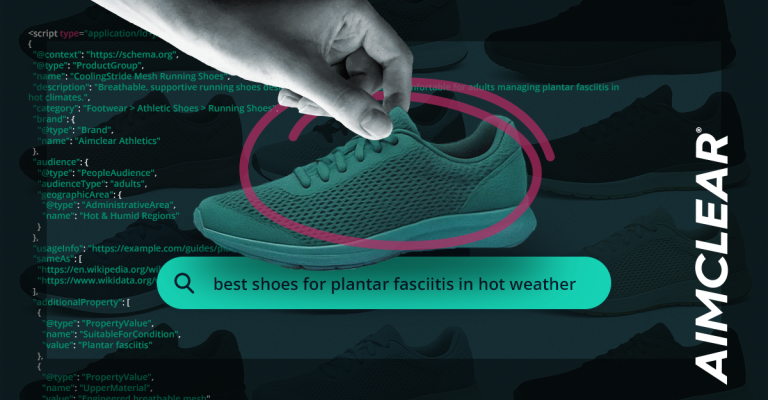
Cash and ROI from ecommerce is easy to calculate. Measuring income from AdSense and other affiliate revenue is simple for publishers to weigh, in order to validate investments in content, SEO or arbitrage. Leads are easy to count, as are associated PPC expenses.
However, evaluating a website’s ongoing profitability is often not quite so cut and dried. In these times of budgetary duress, short-sighted thinking too often fosters short-sheeting the corporate web presence. Here are 6 less obvious cash-in-the-bank criteria, by which to measure a site’s hidden success. Start with the statement, “a website could be considered profitable if it:”
Streamlines information dissemination for basic customer support. In routing inbound service requests, initial customer herding can often be accomplished by a brief series of well designed menu options. This can reduce waste of human resources, freeing valuable people for support that truly requires a person’s discretion.
Take for example Sprint’s website and assume I need to replace a malfunctioning BlackBerry. (Check out each of these links for the support drill-down sequence) Sprint Home/Support (UI same page refresh)/Phones & devices/BlackBerry 8830/How do I replace my device under the manufacturer’s warranty?
Offering such a clear path to common support topics, most likely saves some wear and tear on Sprint’s call center operators. Though no cash changes hands, this FAQ feature could be considered valuable to the bottom line.
Validates credentials of key company personnel and products. Say you’re moving to Duluth, Minnesota and wonder if the local prep’ school has a good Nordic ski team for your son. Search results for “Marshall Nordic Ski Team” yield links that speak volumes about organizational commitment (and quality of individual coaches) to this particular athletic program.
Simply by migrating typical team communications previously sent only by email to a WordPress blog feed, coaches leave a publicly indexed record of their fanatical devotion. While there’s no direct measure to Marshall’s financial success, clearly the Nordic ski team blog is money on the table when it touches potential students who care deeply about the sport.
Appears in local/mobile SERPs (search engine results pages) for folks specifically seeking your address or phone number When an iPhone user searches for “phone number IPR Minneapolis,” to locate contact information for the Institute of Production and Recording, finding the direct brand information in the SERPs is crucial.
While sophisticated companies use offline call tracking analytics to associate phone calls from organic clicks, most don’t. With or without offline analytics, this website function is golden. You would be amazed to find out how many businesses mess it up.
Softens targets for strategic objectives by holistic vanity baiting. Now that we’re in the era of Google Alerts and reputation monitoring services, even mentioning someone’s name on a website can easily result in the person finding out. If portrayed in an authentic, non-gratuitous and positive light, such “mentions” can be rather flattering.
To an extent every time a website publishes a person or company’s name, it’s an invitation. Andy Beard Beal, (linked to and mentioned in previous paragraph), will find out that we published his company’s name (TrackUr). It’s even likely that he’ll stop by this post to scope out the context in which he was personally referenced.
Don’t be put off by the moniker “Vanity Baiting” because all it really means is “invitational relationship building.” We actually believe that TrackUr is one of the best services of its type, so it’s an honest recommendation. Everybody wins. When I run into Andy @ SMX West, the interaction will be ever-so-slightly warmer because I shared a web referral (link) with AIMCLEAR Blog readers. 🙂
This thinking can be applied to nearly any business goal that involves breaking the ice. Try paving a path to meeting the CEO you’d like to do business with, by sharing her name in a post with your readers. Leveraging the fact that these days most people monitor their Internet reputation can’t always be quantified directly. However, this type of networking is unquestionably valuable to the bottom line in one way or another.
Differentiates your product from competitors. Here’s a SERP-nugget for the query Seattle Hotels, which does a great job of explaining (on first click) why this hotel is “unique.” A potential customer interested in Panoramic views and redone rooms, has a fairly good chance of being incented to explore this Westin property further.
While it’s difficult to precisely gauge success with the “why we’re special” approach to design and verbiage, it works for the right customer, even if the purchase is made by another channel like phone or a third party reseller like Travelocity.
Another way to describe product differentiation is “branding.” Internet branding can be as difficult to quantify as redoing the venerable company logo from red to blue. Attributing value to intangibles is never an exact science for marketers. Still, there is obvious value to communicating brand differentiation.
Serves by providing timely information along the 7 classic nodes of public relations: Are you speaking to customers, community, investors, media, human interests, crises management and internal relations? Can readers subscribe to your RSS feeds? There’s no question that recurrent PR content, served by feed, is a vital component of the “new” SEO. If using your corporate website for PR purposes, then go to the head of the class!
Final Thoughts
Be creative when defining value. When pathways to site profitability are not as obvious as ecommerce spoils or affiliate revenue, consider alternate profit definitions. Measuring “revenue” from a website is only limited by creativity, in assigning function to online presence. Don’t be short sighted in allocating budgetary resources to the web, even in these difficult economic times, and seek hidden profit in analyzing the performance metrics.
There are so many alternative criteria to attribute value to a website. Here are a few more, as final food for thought. Please feel free to contribute others if so inclined.
- Teaches, empowers and demystifies products and processes to customers
- Provides a place for customers to interact with each other and brand ambassador hosts
- Generates links and organic presence in the SERPs
- Is a nimble crucible for testing the effectiveness of various marketing approaches.
- Integrates with mainstream social media channels, to increase the chance of your message going viral
- Attracts and defines a different demographic than traditionally associated with your classic customer.
- Provides insight to advise new product creation








